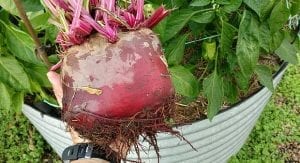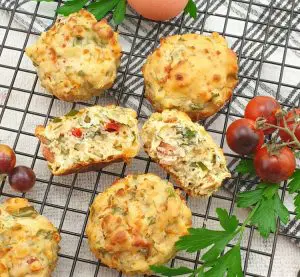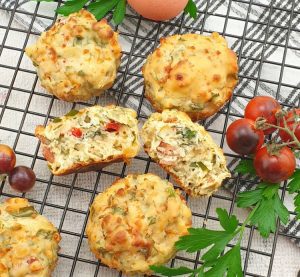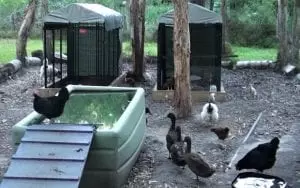When we buy food we never mean to throw it away…but somehow it happens! With the ever-increasing cost of food-particularly fresh produce-it’s important to make the most of your grocery budget. Curdled milk, furry veggies and lanky herbs are familiar to us all- but can you avoid this? Is there a better way to store your perishables?
If you’d like to maximise value from all your food, here are our 7 top ways to make your food last longer.
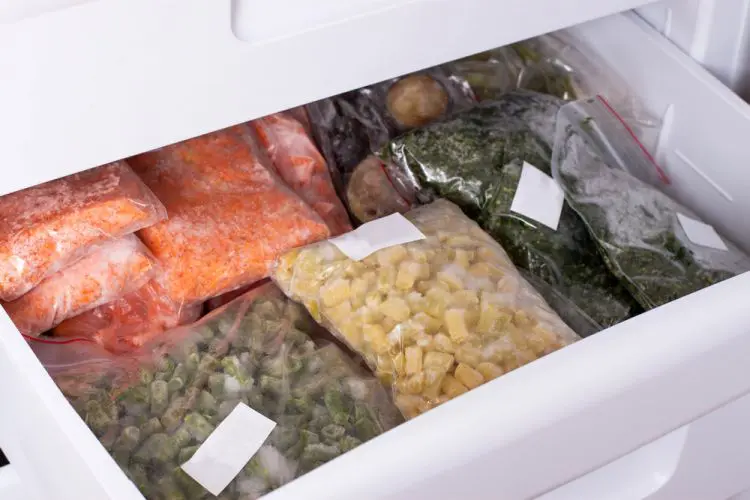
Freeze More Things
We all know we can freeze meat, bread, and fruit, but your freezer can do so much more than that. Eggs, nuts, seeds, most fresh produce, cheese, flour, butter, baked goods, wine and pesto can all be frozen. Some may require a bit of preparation (such as blanching first), but a good-sized freezer can really help you stretch the budget.
When your favourite foods are on special, a freezer allows you to stock up at bargain prices too. Don’t forget to rotate and stack items according to their use-by date, and be sure to label and date home-cooked food you’re putting in the freezer.

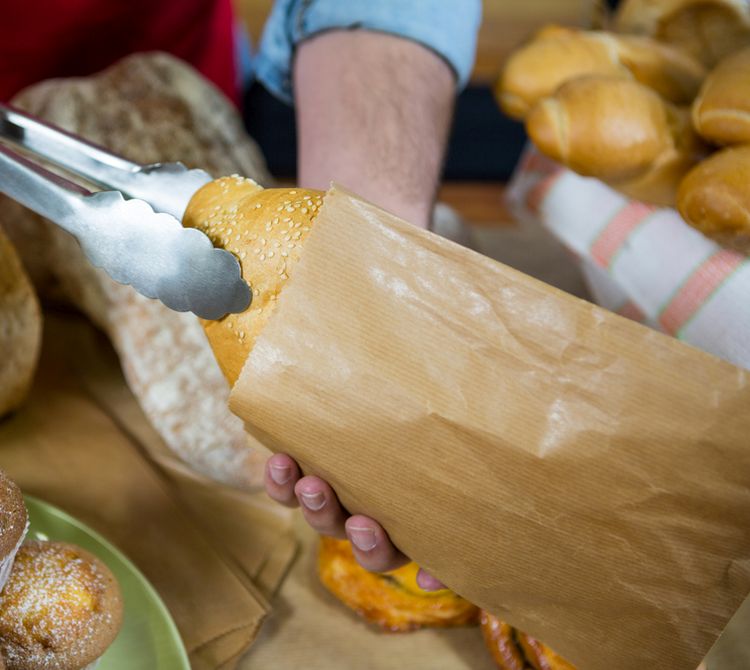
Get the Most Out of Bread
Unless you live in an extreme climate, bread is best kept in a paper bag on the kitchen bench. Refrigerating bread causes it to become more moist, which makes it go stale faster. And remember how bakeries used to package bread in paper bags? Well there’s a reason for that- it keeps better. Storing bread in a plastic bag encourages mould growth, especially in humid climates.
If you do end up with some stale bread (or perhaps like me you don’t eat crusts), pulse your leftovers in a food processor to make breadcrumbs. Freeze the crumbs for later use- that’s one less thing to buy at the supermarket.

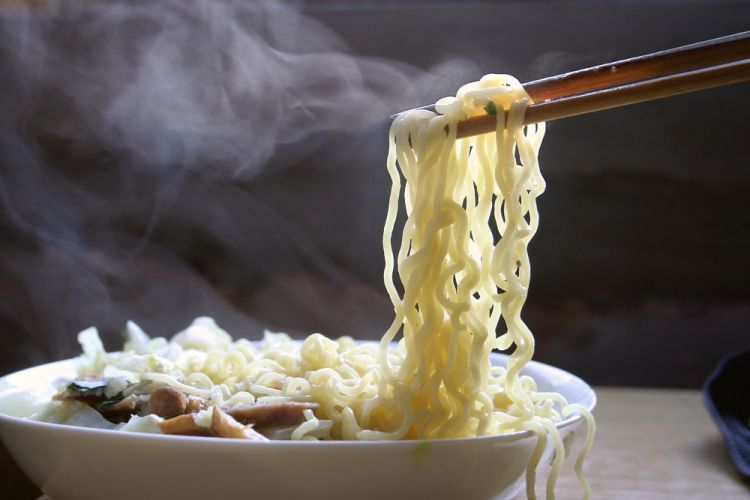
5 & 60
5 & 60 refers to temperatures, and they’re the numbers to remember when it comes to food safety. Keeping your food at the correct temperature prevents bacteria growth and eliminates the risk of food poisoning. Under 5 degrees celsius for cold food, over 60 degrees for hot food. Under 5 and over 60, you’re safe. Anything in between these temperatures rapidly grows invisible bacteria that quickly make food unsafe for consumption. (If you think in fahrenheit, the temps are 41 and 140).
Check the temperature setting on your fridge regularly, and be sure to heat cooked foods thoroughly. Obviously this doesn’t apply to things like dry goods, cereals, fruit like apples and oranges, etc.

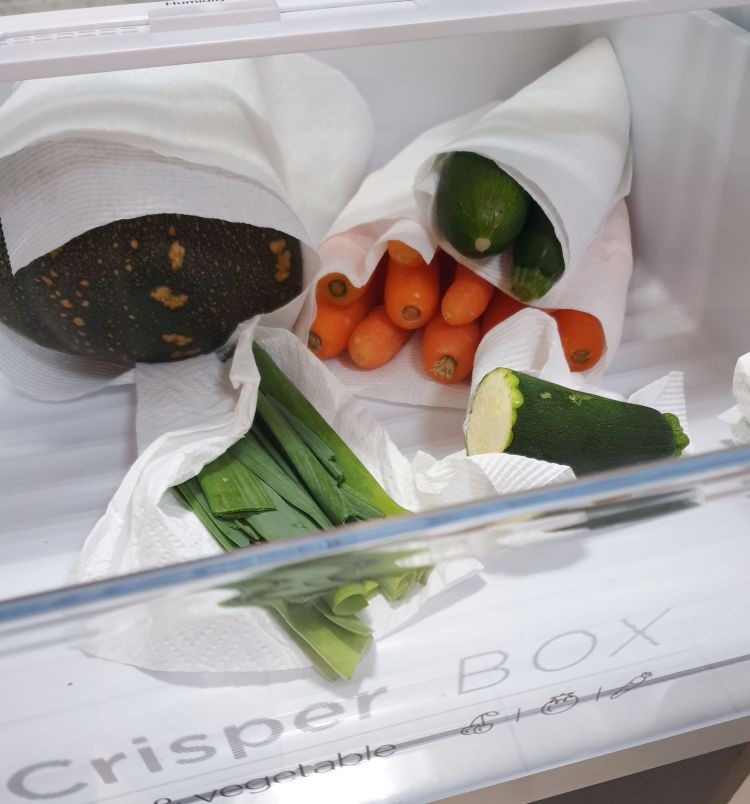
Store Veggies the Best Way
Once fresh produce has been picked, it quietly starts to spoil. Some deteriorate more quickly than others, but they all eventually go bad, even in the fridge. This is initially due to moisture loss- think of a limp soggy zucchini or a wrinkly carrot and you’ll know what I mean. Storing or wrapping veggies in plastic in the fridge contains that lost moisture within the plastic packaging, so what you effectively end up with is sweaty veggies that spoil even faster.
Wrapping your veggies in paper towels helps keep them fresher longer. Paper towels (aka kitchen roll) soak up all the moisture from the veg and the surrounding air, so your fresh produce keeps for longer.

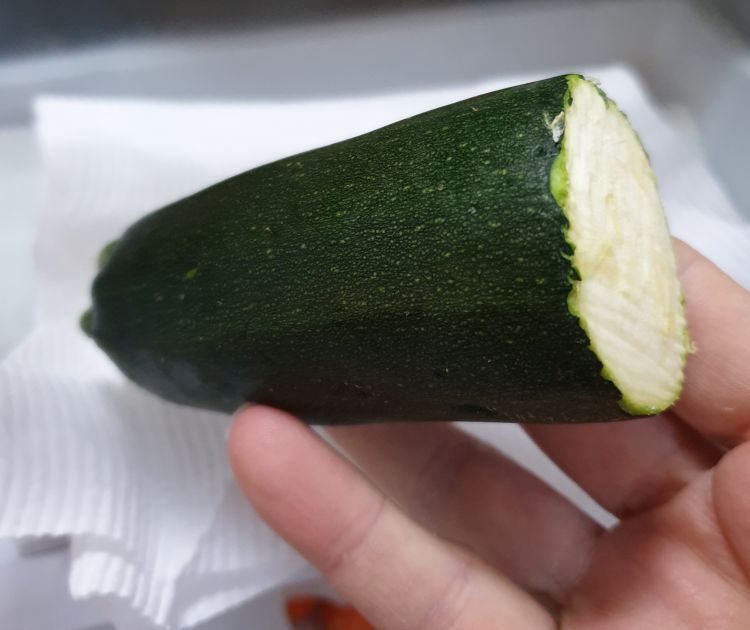
Keep it Neat
Keeping your fridge neat, tidy and appropriately stocked has multiple benefits. It’s easy to forget or be unable to find things if you have too much in the fridge. Plus, leaving the door open for too long while you embark on a scavenger hunt lets all the cold air out. This means that food temperatures can potentially rise to unsafe levels, as any fridge takes time to re-cool the air within it once the door has been closed.
While the amount of food in our fridges naturally changes from the start to the end of the week, keeping a moderate amount of food in the fridge is ideal. This allows air to circulate freely around its contents and maintain an even temperature throughout.

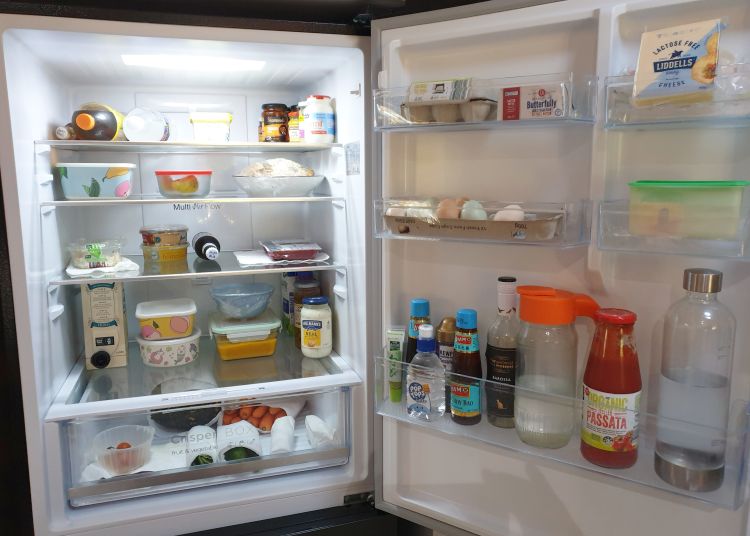
Always store packaged meats on the lowest shelf and in a dish if possible. This ensures that any drips won’t mess up the fridge nor contaminate any other food in the fridge.
Herbs
There are 2 ways to maximise the life of your fresh herbs. Both work well, just use whichever you have space for. If you have a bunch of herbs, secure the stalks with a rubber band and cut off the ends as you would with a posy of flowers. Sit the herbs upright in a cup with 1″ of water in it. Alternatively, wrap herbs in a damp paper towel and store them in an airtight container in the fridge.

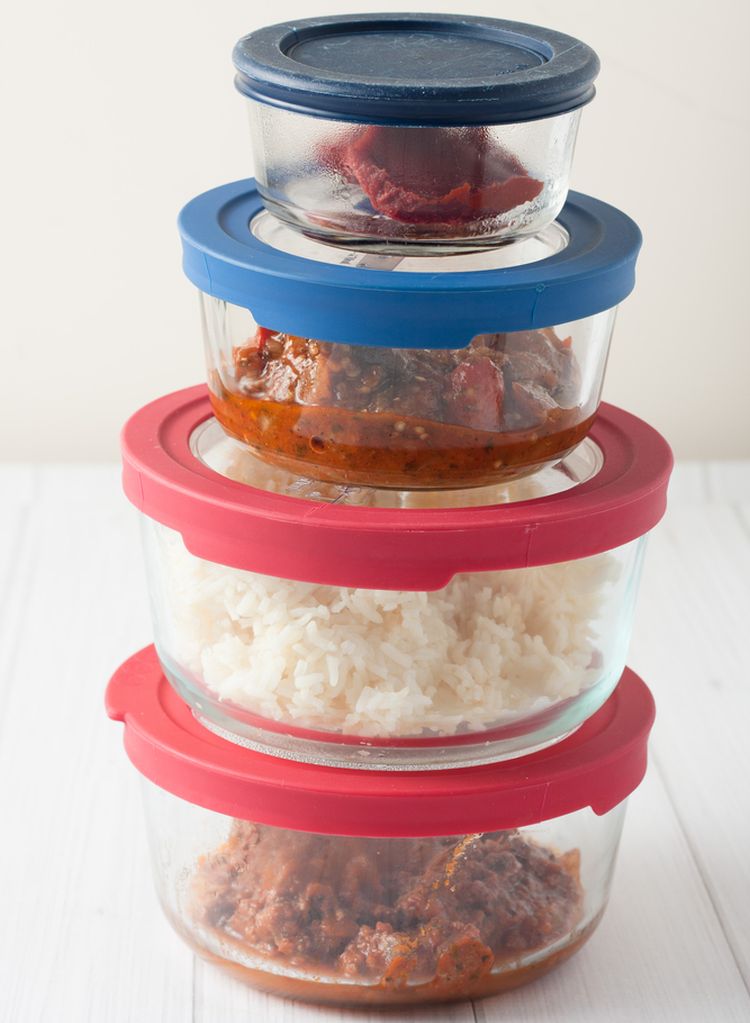
Contain It
Think carefully about the containers you buy and use to store food. Glass containers are superior to plastic, because they can be washed at high temperatures and are non-porous. This means that they will never absorb any food or odours, nor can they leach anything into your food. Glass containers will cost more initially but will last the longest, and have the added benefit of visibility, which makes the task of remembering what’s in the fridge that little bit easier.
When storing food, choose an appropriately-sized container, i.e. not too big or too small. This saves space in the fridge and gives food a little space to expand and contract naturally along with the temperature change. Also think about container shape: round containers take up 25% more space than square or rectangular ones.




